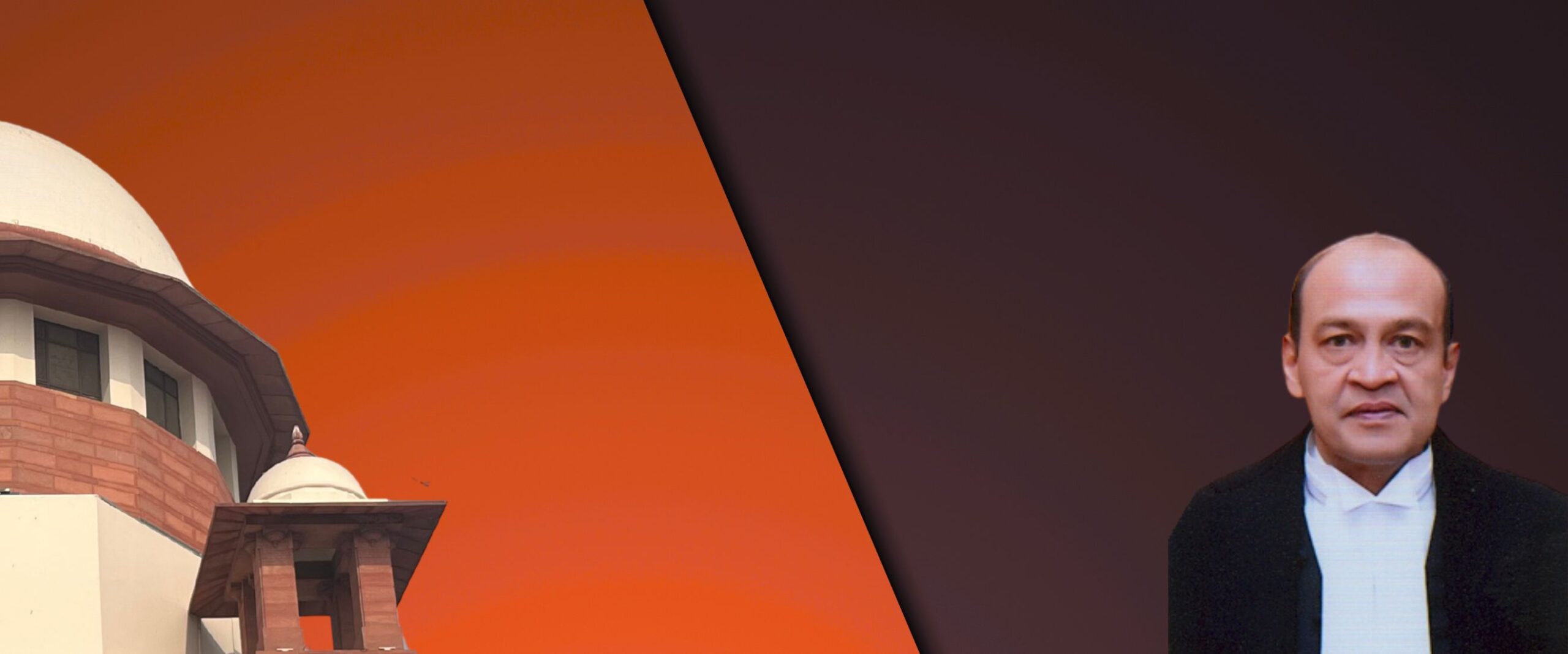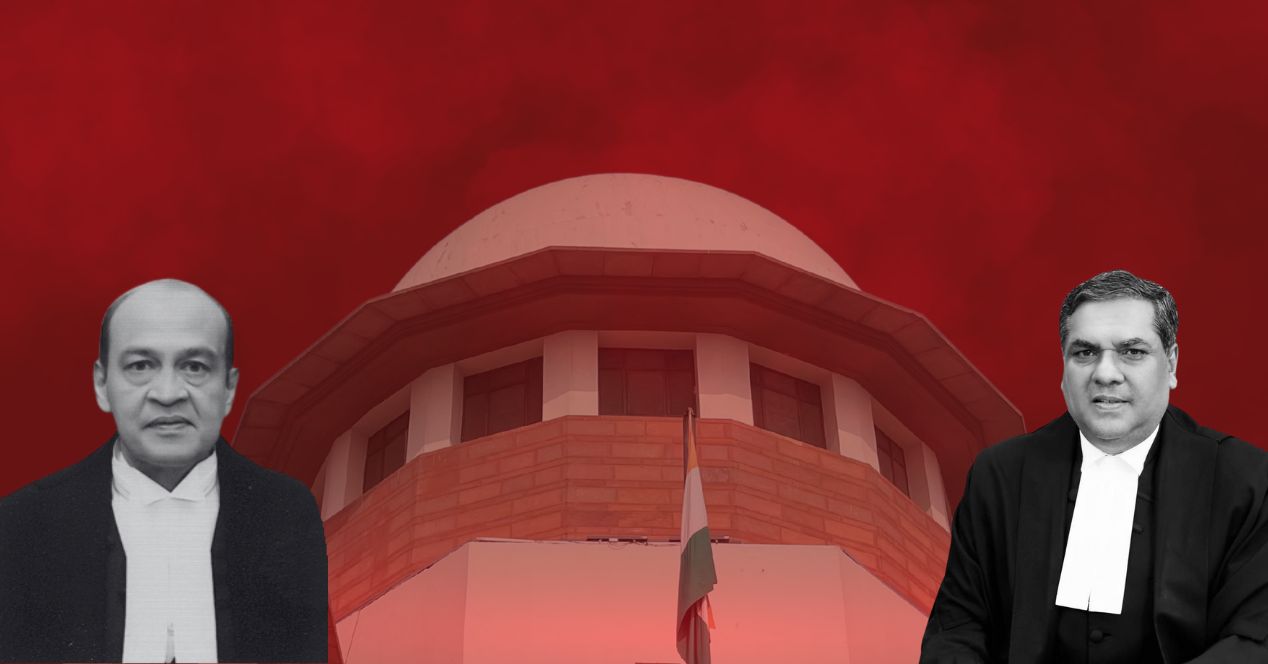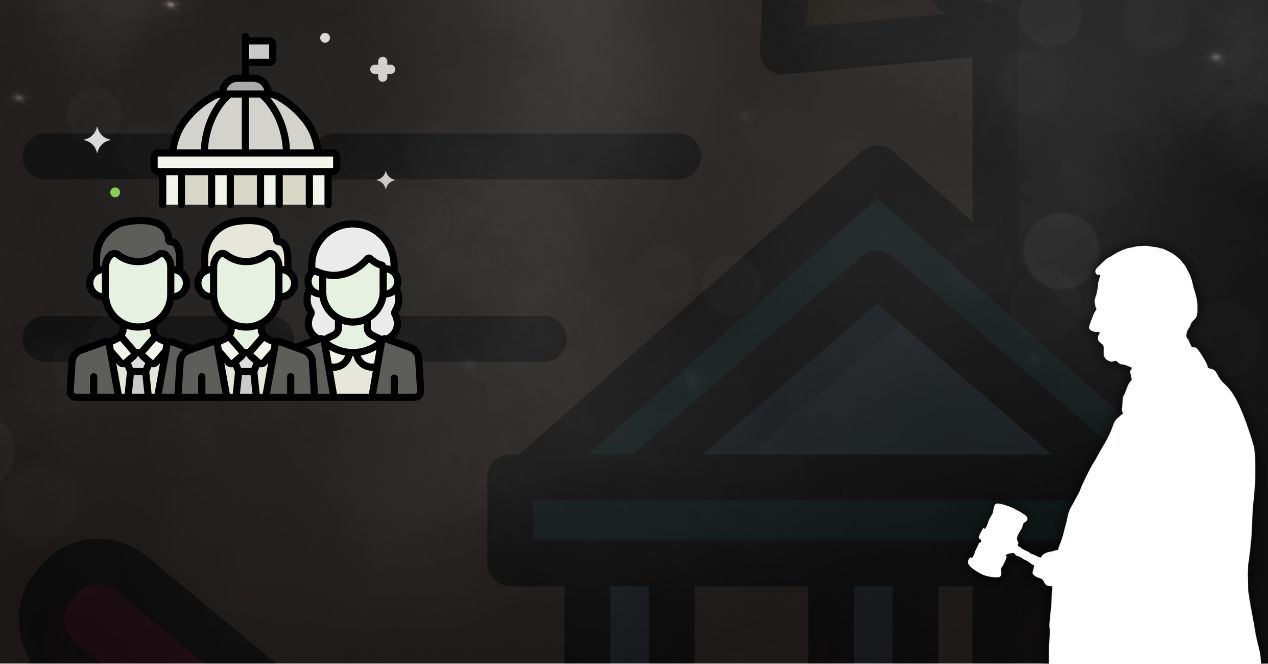Analysis
Justice Yashwant Varma moves the Supreme Court
His petition not only challenges the findings of the in-house committee in his case, but also the very basis of the procedure

It might be unusual for a sitting High Court judge to file a writ in the Court whose Chief Justice was satisfied of his guilt. But, in his complaint, Justice Yashwant Varma of the Allahabad High Court has challenged the very basis of the Supreme Court’s judicially developed ‘in-house procedure’.
The in-house committee comprising two High Court Chief Justices and a judge of the High Court filed a report on the incident where currency was reportedly found and removed from an outhouse in Justice Varma’s official residence.
Further, Justice Varma contends that then Chief Justice Sanjiv Khanna did not afford him a personal hearing before advising him to resign based on the committee’s finding of guilt. He says he sought time to review the report and, citing past convention, requested a personal hearing before the CJI and the senior-most judges of the Court. On 8 May, however, the CJI wrote to the President and Prime Minister, enclosing the report and recommending initiation of removal proceedings in Parliament.
Justice Varma also argues that the in-house procedure is an extra-constitutional mechanism that derogates from the framework under Articles 124 and 218 of the Constitution, which bestows Parliament with the power to impeach judges. The Judges (Inquiry) Act, 1968, lays down the specifics of the parliamentary procedure, which includes the raising of formal charges, cross-examination and the need to meet the ‘beyond reasonable doubt’ standard for ‘proved misbehaviour’. Justice Varma contends that the in-house procedure lacks such safeguards and usurps parliamentary authority.
The verdict through which the Supreme Court had established the in-house procedure was C. Ravichandran Iyer v Justice A.M. Bhattacharjee (1995). That Bench had reasoned there was a need to “fill a gap” between “proved misbehaviour” and “bad conduct”. Justice Varma’s petition refers to this as overreaching constitutional limits by enabling punitive outcomes without legislative sanction.
In Justice Varma’s case, the in-house committee’s mandate was limited to non-contentious issues—whether cash was present in the outhouse and whether the outhouse was part of the official premises. He doesn’t dispute these facts but argues that it is essential to determine whose cash it was, how much was found and whether he was responsible for the removal of the currency. The committee’s findings didn’t determine these questions, he claims.
Any decision of the Court on Justice Varma’s petition is unlikely to influence removal proceedings in Parliament. Previous instances suggest that the three-member Inquiry Committee constituted by the Leader of the House (comprising a Supreme Court judge, a High Court Chief Justice, and an eminent jurist) will arrive at its own findings. In Justice S.K. Gangele’s case, the inquiry report expressly noted that it had not considered the in-house report.
If this committee set up under the Judges Inquiry Act finds Justice Varma guilty, a favourable Supreme Court verdict could serve as moral vindication in case Parliament decides to vote on his removal. If he is found innocent, Parliament cannot proceed with removal, irrespective of the result of his petition.
Inquiry against a judge and removal are two distinct phases, as explained by the Supreme Court in Sub-Committee on Judicial Accountability v Union of India (1991) and Sarojini Ramaswami v Union of India (1992). In the latter, the Court held that the Inquiry Committee’s finding of a judge’s guilt is in the “nature of recommendation” to Parliament. If Parliament decides to proceed, the judge is given an opportunity to defend themselves. In Justice Ramaswami’s case, Parliament did not adopt the motion for his removal despite the Inquiry Committee finding him guilty.
If a statutory committee’s finding on a judge’s guilt is not binding on Parliament, then it would be proper to revisit the relevance of a non-statutory committee. If the statutory committee’s finding of guilt is in the “nature of recommendation” (the phrase leaving a soft imprint by design, given the majesty of judicial office), should the in-house committee and the CJI have the power to recommend removal? Perhaps Justice Varma’s petition will provide the much-needed push for the Supreme Court to introspect on the propriety of its in-house procedure.
This article was first featured in SCO’s Weekly newsletter. Sign up now!




